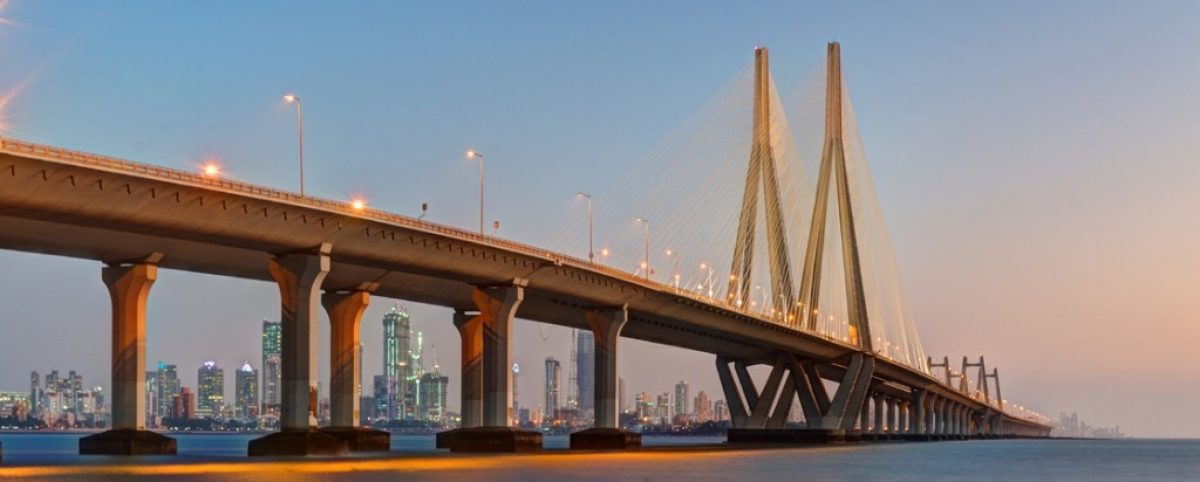There is a lot to love about Australia, and given the number of Indian migrants, students and tourism who do come to Australia, it is clear Indians love it too. But Indians are also in for a few surprises.
1 Australia has a winter
Yes, one surprise for Indian visitors that it is not always sunny in Australia. Apart from the tropical north, most Aussie cities have four seasons. And people go snow skiing during the winter (resorts in NSW and Victoria).
2 Aussies will wear shorts plus a scarf and beanie on cold days
Bit strange to see, but such is the Aussie male love of wearing shorts that many do it during winter too.
3 A beer is not a beer
Indians who build up a thirst and drop into a pub might just order “a beer please” only to be asked if they would like a schooner, middy, pony, pot or a pint.
4 Kangaroos are not in the main city streets
Shocking to know that the sight of a kangaroo in any Australian major city would be more astounding to Aussies than to you – take short drive our of the city and you will see this very strange and highly dignified animal.
5 A short drive is always long
Speaking of short drives, Aussies will take off for a weekend getaway and drive for 5 or 6 hours. Nothing is close and every trip is a long trip in Australia, so they are used to long drives.
6 Yes, there are spiders the size of your hand
Spiders scare most Aussies as much as you – and some of these spiders are big. A huntsman can pop up when you least expect it. I won’t tell you about redbacks…just don’t put your hand into strange pipes or under rocks or rubbish.
7 Everything is “game on”
Rivalry is big in Australia, so everything is a competition – city vs city, state vs state, not to mention actual sport which is like a religion for Aussies – it pays to show even a mild interest in any sport to gain the respect of locals. Not to mention India vs Australia in cricket.
8 Thongs go with anything
The footwear known in Australia as “thongs” can be worn on a surprising number of occasions, including those hosting a social function in their home. It’s part of the national dress code, which values informality.
9 Sorry, but your name will not be your name
Australians love to play with names and, while this might be disrespectful in most countries, in Australia it is a sign of affection and acceptance if they abbreviate or adapt your name. Adding “o” is common – so I am often known as “Steve-o”. Again, friendly. So, Vijeth could become “Vij-mate”, or Abhishek become “Ab”, Sucheta becomes “Suchi” and so on – nicknames are everywhere.
10 Joking at funerals
Australians use humour to reduce the negative emotion of tough situations – so jokes might be shared, and laughter occur around the boardroom table, in class, during interviews and even at funerals. It’s a way of making everyone comfortable.
11 Tall poppies get cut down
Australia has the “tall poppy syndrome” which means anyone who takes themselves too seriously, or is too proud, or too vocal about their success, will probably be taken down. Sometimes it is a test to see if “you can take it”, because being able to laugh at what appears to be a criticism is seen as a good thing. They do it too themselves too – it is not uncommon for business teams representing their company to say to a potential client “we’ll find a way to mess it up” – but done with a grin.
12 Red lights are mandatory
Australian drivers stop at red lights. I know this is shocking to many Indians, but the level of compliance with small rules such as red lights is incredibly high. Even if they want to turn right and there is no oncoming traffic in sight, they will still stop if the light is red.
13 Informality is a sign of friendship
People are informal. At my golf club, a 12 year old junior member will see me and say “G’day Steve, how you going?” If Prime Minister Anthony Albanese walks by (which sometimes happens in this laid back country) many Aussies would greet him as “Albo” – yes, that is his nickname.







